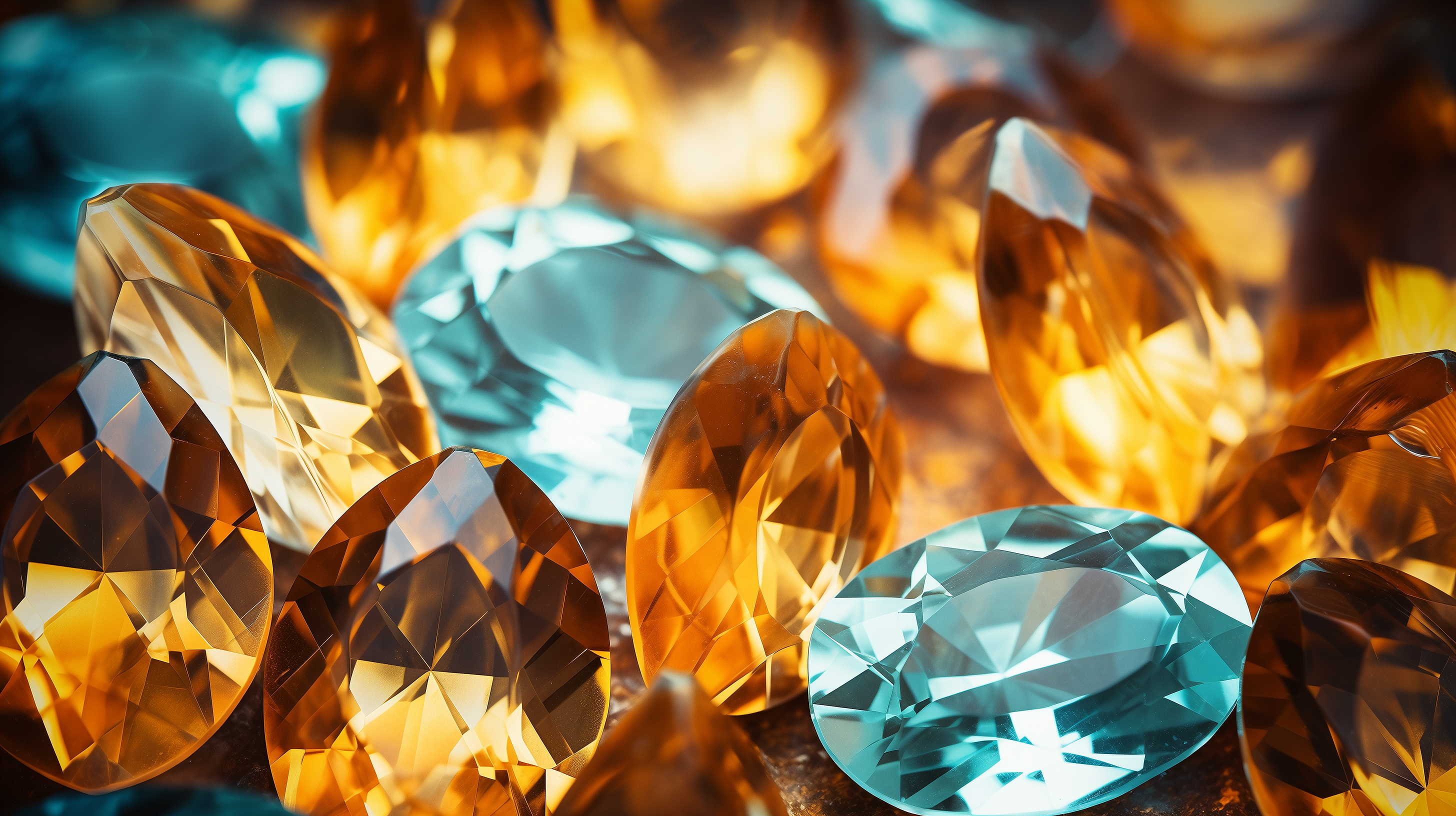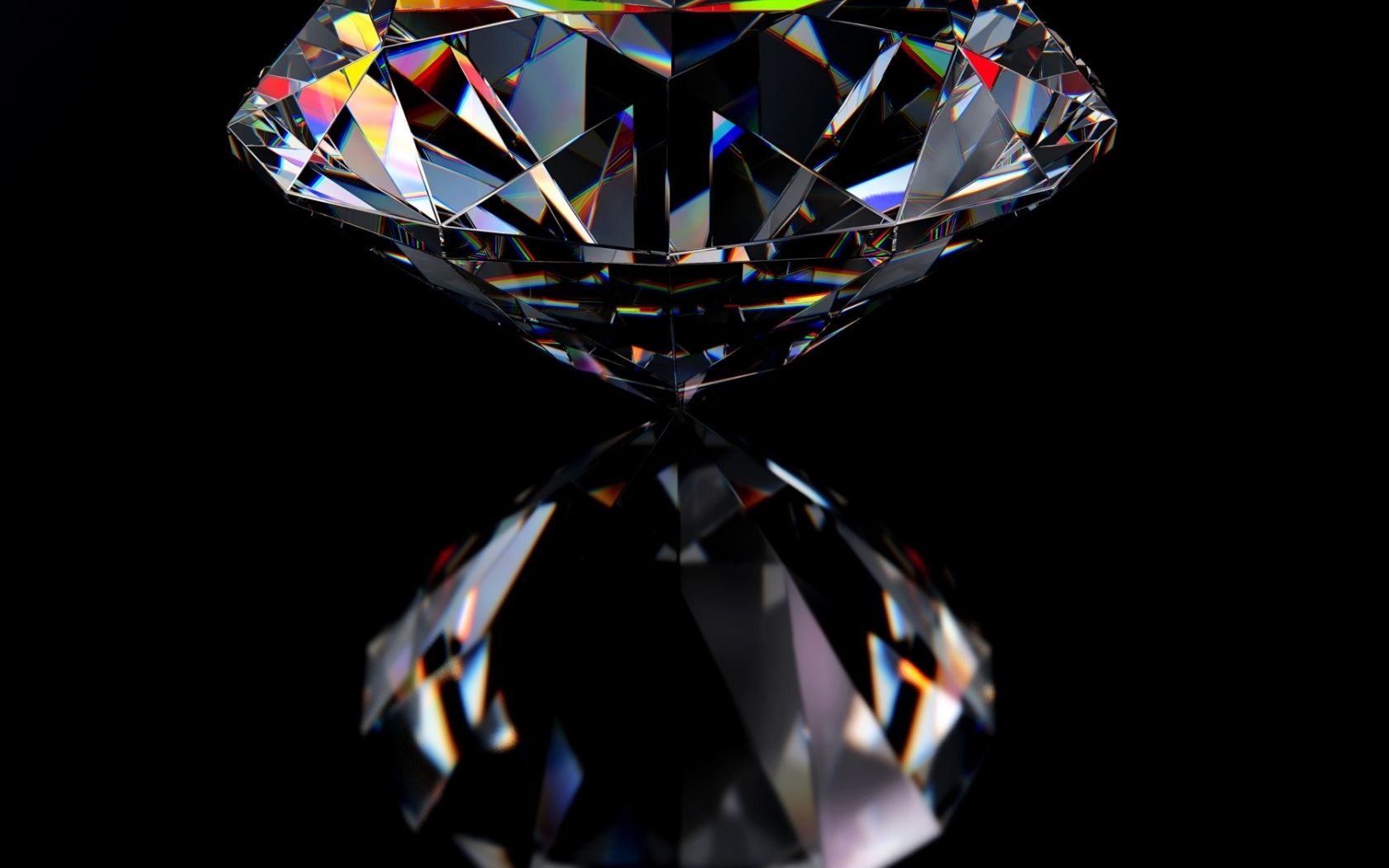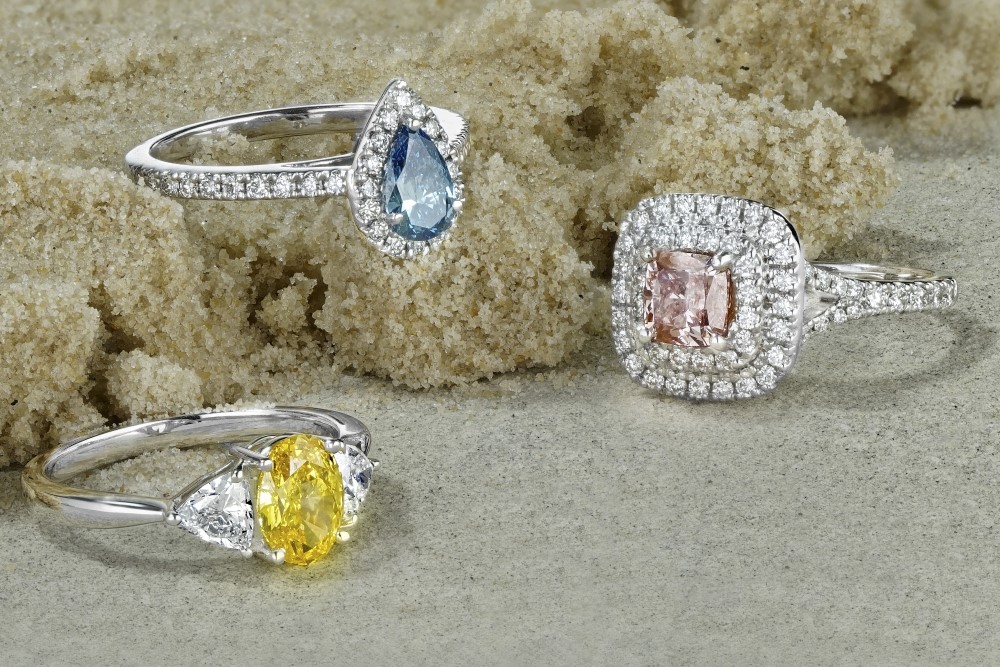Table of Contents
Why Getting the Right Ring Size Matters
The right ring size isn’t just about style — it’s about solace and solidness. An evil fitting ring can prompt inconvenience or even harm to both the ring and your finger. Here’s the reason it’s critical to get it right all along.
Solace and Wearability
Wearing a ring that fits impeccably implies you’ll scarcely notice it’s there, with the exception of when it shines. In the event that it’s excessively close, you might encounter pinching or uneasiness, and assuming it’s excessively loose, it could slide off your finger. A very much sized ring is one you can wear consistently without even batting an eye.
Ensuring the Diamond’s Fit
Your lab diamond’s position and the way that it’s set within the ring likewise assume a part in solace. On the off chance that the band is too close or too loose, the stone probably won’t sit in the right position, affecting its splendor. An accurately sized ring guarantees that the lab made diamonds is shown delightfully and easily.
Normal Ring Sizing Missteps to Keep away from
Measuring your ring size isn’t quite so straightforward as it sounds. There are a few normal errors that individuals make during the cycle.
Guessing the Size
Quite possibly of the greatest error individuals make is guessing the ring size. Whether you’re buying a ring for yourself or an accomplice, guessing can bring about a huge confound. Despite the fact that it appears simple to gauge a ring size, it’s often distant.
Overlooking Ring Width and Style
Another misstep is forgetting to represent the width and style of the band. More extensive bands might require a bigger size since they occupy more room on your finger. Continuously consider the plan of the ring while determining the right size.
Various Techniques to Quantify Ring Size
There are different ways of measuring your finger for an ideal ring fit. We should go through the most widely recognized strategies.
Using a Ring Sizer Device
The most dependable method for determining your ring size is by using a professional ring sizer device. These can be bought online or from diamond setters, and they work by allowing you to slide different-sized rings on your finger until you find the ideal fit. This technique is particularly helpful assuming that you’re uncertain about the specific estimation.
Measuring with a String or Paper Strip
On the off chance that you don’t approach a ring sizer instrument, you can definitely relax — you can in any case method your finger with a piece of string or paper. Fold the string or portion of paper over the foundation of the finger, marking where it covers. Then, at that point, measure the length with a ruler in millimeters and utilize a ring size chart to change over the estimation into a ring size.
Comparing with an Existing Ring
Assuming you have a ring that as of now fits well, you can quantify it to determine your size. Put the inside of the ring on a ruler or measuring tape, measuring the width of the ring in millimeters. Then, utilize a transformation chart to determine the corresponding size.
Ring Size Transformation Charts
Ring sizes are not general — various districts and nations utilize various frameworks for sizing rings. Here are some normal size transformations to remember:
US and Canadian Sizing
In the US and Canada, ring sizes are numbered, starting from size 3 (the littlest) and going up to size 15 or higher. Each number addresses a particular estimation, with half sizes (like 7.5 or 8.5) available for a more exact fit.
European and UK Sizing
European sizing utilizes a mathematical framework where sizes are estimated in millimeters of the inside perimeter of the ring. For instance, an European size 52 relates to a ring with an inside perimeter of 52 mm. The UK framework utilizes letters, with sizes ranging from a to z.
International Size Changes
Assuming you’re purchasing a lab diamond ring internationally, know that sizing frameworks fluctuate universally. You can without much of a stretch find change charts online to guarantee you’re ordering the right size, regardless of where you’re found.
Ways to quantify Your Finger Precisely
Getting an exact estimation is vital to finding a ring that fits serenely. Here are a few hints to assist you with measuring your finger with accuracy.
Measure with perfect timing of Day
Your finger size can vary over the course of the day because of temperature changes or liquid maintenance. It’s ideal to quantify your finger by the day’s end when your fingers are probably going to be at their biggest. Abstain from measuring first thing when your fingers might be more modest.
Utilize an Appropriately Sized Ring
Assuming you’re using an existing ring to quantify, ensure one fits serenely on the finger where you intend to wear the new ring. Measuring with a ring that is too close or too loose will bring about an inaccurate size.
Step by step instructions to Record for a Lab Diamond Ring’s One of a kind Properties
While measuring for a how to measure lab diamond ring size, remember that lab-grown diamonds are synthetically indistinguishable from normal diamonds. Be that as it may, the style and setting of the ring can influence how it fits.
Think about the Band’s Width and Style
A more extensive band might require a somewhat bigger size since it will cover a greater amount of your finger. For instance, assuming you’re buying a band that is 5mm wide or more, consider going up a half size to guarantee it’s agreeable.
Factoring in Diamond Setting Style
Some diamond settings, like bezel or channel settings, can influence how the ring sits on your finger. Assuming the setting is especially massive or the diamond is raised, you might need to represent that while selecting your ring size.
What to Do assuming the Ring Size is Off-base
Indeed, even with the best estimations, once in a while a ring simply doesn’t fit very right. This is the thing you can do in the event that the size is off.
Resizing Your Lab Diamond Ring
In the event that the ring is too little or too huge, numerous goldsmiths can resize it for you. Nonetheless, this relies upon the plan and material of the ring. For instance, resizing rings with intricate settings or certain kinds of metal (like platinum) can be more troublesome and exorbitant. Make a point to get some information about the possibility of resizing prior to making a buy.
Exchanging the Ring for a Better Fit
In the event that resizing isn’t a choice, or on the other hand in the event that the ring is harmed during the resizing system, exchanging the ring for an alternate size might be important. Numerous retailers offer an adaptable return or trade strategy, particularly for rings purchased online, yet it’s critical to check the store’s merchandise exchange beforehand.
Conclusion: Ensuring the Ideal Fit for Your Lab Diamond Ring
Getting the right ring size for your lab diamond ring is fundamental to guarantee solace, sturdiness, and the general magnificence of the piece. Whether you utilize a ring sizer device, a string, or compare to an existing ring, taking an opportunity to quantify your finger precisely will take care of in the long run. By following the tips and guidelines gave, you can certainly pick the ideal size, ensuring that your ring will be a delight to wear into the indefinite future.










